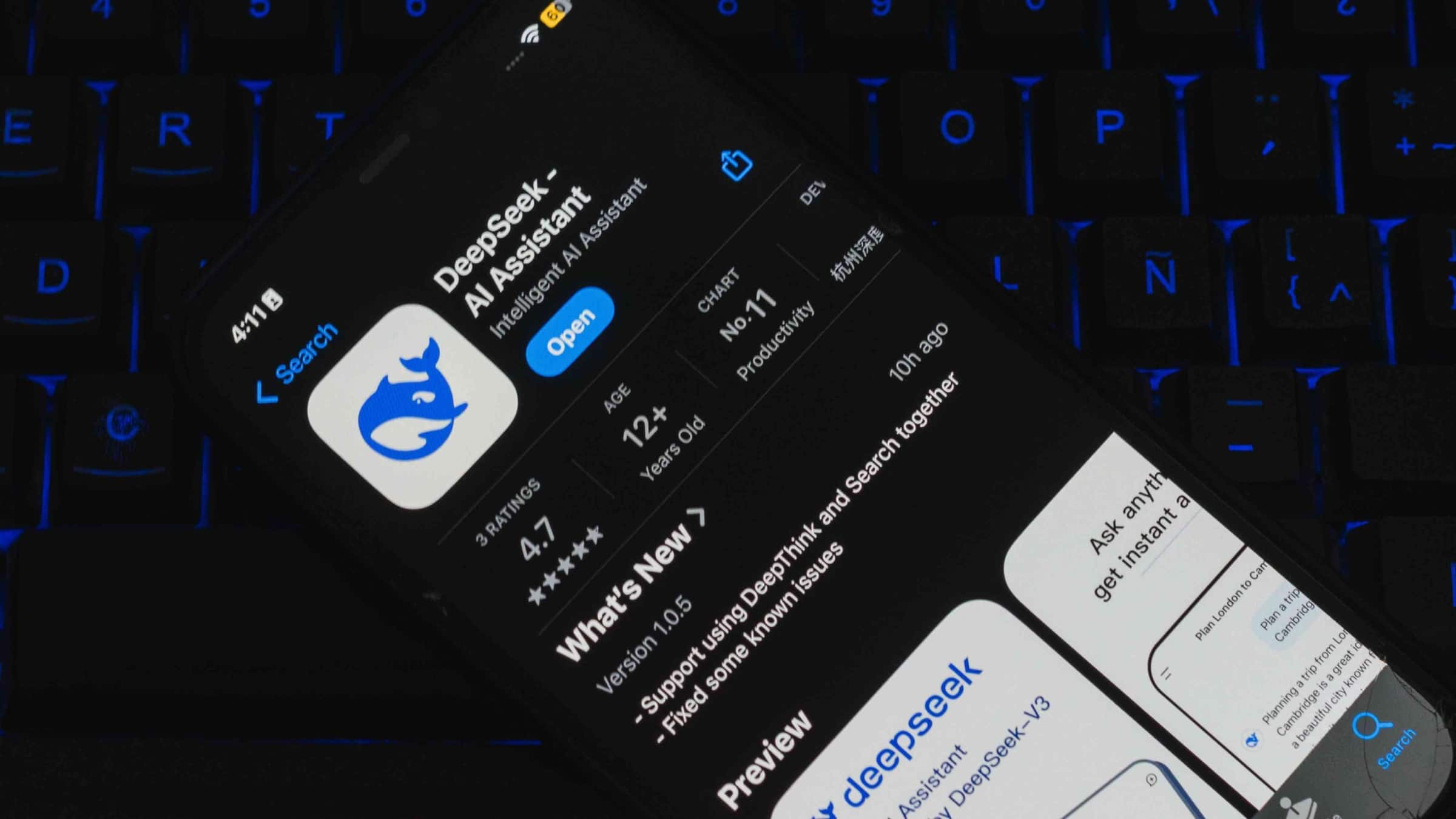By Sridhar Jayanthi & David DeWalt
The China origins of the technology have – rightly so – raised concerns about national security and potential risks of foreign technology as the basis for AI. Those concerns aside, DeepSeek has shown a new path for AI model development, which we expect to be adopted and even improved upon by all models in the market, closed- or open-source.

The recent breakthrough by DeekSeek turned the technology (and capital) markets on its head this last week. By dramatically reducing power and GPU requirements, DeepSeek has created a breakthrough in AI model efficiency that is set to revolutionize the artificial intelligence landscape going forward and potentially unlocked a new era of AI accessibility and innovation.
Let’s explore the positive implications of this groundbreaking development.
Democratizing the Playing Field
DeepSeek’s innovation show it’s possible to reduce resource requirements for AI models by up to 90%. This dramatic decrease in computational needs means that AI is no longer the exclusive domain of tech giants and well-funded research institutions. Small startups, academic researchers, and even individual developers can now potentially access and work with powerful AI models, fostering a new wave of creativity and problem-solving.
Acceleration of Leading U.S. AI Developers
It’s worth noting that while some U.S. companies have announced their intention to use DeepSeek, the AI landscape is rapidly evolving. Major AI developers, including OpenAI, Google, Meta and others, are continuously improving their models. These advancements are likely to incorporate equivalent or even superior design elements compared to DeepSeek in the near future. This ongoing innovation in the AI field means that companies have multiple options and are not necessarily dependent on any single provider, including Chinese companies like DeepSeek.
Accelerating Innovation Across Industries
With lower barriers to entry, we can expect to see a surge in AI applications across various sectors:
- Healthcare: Faster development of AI-assisted diagnostics and personalized treatment plans. Needless to say, the pace of new drug development and discoveries will supercharge the application of AI in healthcare.
- Manufacturing: More accessible predictive maintenance and quality control systems, combined with optimized supply chain logistics can boost efficiencies across the board. The startup ecosystem that has boomed in manufacturing related robotics will innovate even faster by incorporating AI in their processes as well as products.
- Retail: AI can analyze customer data to deliver tailored product recommendations and personalized shopping experiences. This level of personalization keeps customers engaged and loyal, potentially increasing sales and customer satisfaction. Widespread adoption of AI for inventory management and supply chain optimization will result in better efficiencies across all participants.
- Financial Services: Earlier adoption of AI can result in enhanced risk assessment and fraud detection capabilities for businesses of all sizes. The personalized customer experience can be more granular in retail and investment banking and related customer service.
- Cybersecurity: Faster adoption of AI would naturally result in newer cybersecurity requirements to protect AI systems, while also giving a boost to the numerous AI-based cybersecurity solutions already being developed. This could also extend beyond the enterprise market into consumer space in the future when smaller efficient AI models are rolled out into homes for personal automation.
Environmental Benefits
The significant reduction in power requirements aligns AI development with global sustainability goals. As AI becomes more energy-efficient, we can expect to see a reduction in carbon footprint of AI research and deployment, more sustainable data centers, and alignment of AI growth with more green technology initiatives.
Open Source Open Minds
DeepSeek’s open-source approach encourages collaboration and competition in the AI field. We could begin to see other groups releasing open-source AI models, which could lead to more diverse AI solutions tailored to specific needs, faster iteration and improvement of AI models, and increased transparency in AI development. Now that DeepSeek has opened our minds about what’s possible, we could see further optimization of models, such very small AI models for PCs and mobile phones.
Economic Growth and Job Creation
As AI becomes more accessible, we can anticipate a ripple effect across the broader economy. While we often hear worries that AI will take jobs, these new developments could drive new job opportunities in AI development and implementation, as well as increased productivity across various economic sectors. In addition, we can expect to see the emergence of AI-driven startups and business models.
Conclusion: A Bright Future for AI
DeepSeek’s breakthrough represents more than just a technical achievement; it’s a catalyst for a more inclusive, innovative, and sustainable AI future. As technology developments of this kind mature and spread, we can look forward to a world where AI’s benefits are more widely shared, driving progress across all facets of society.
The coming years promise to be an exciting time in AI development. It’s a future where AI’s potential is limited only by our imagination and creativity, not by computational resources.
Read more NightDragon market perspectives and reports on our research page.